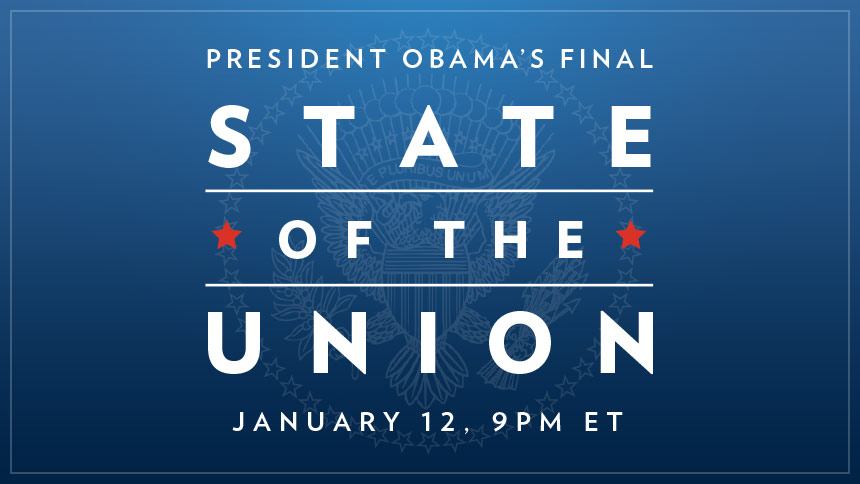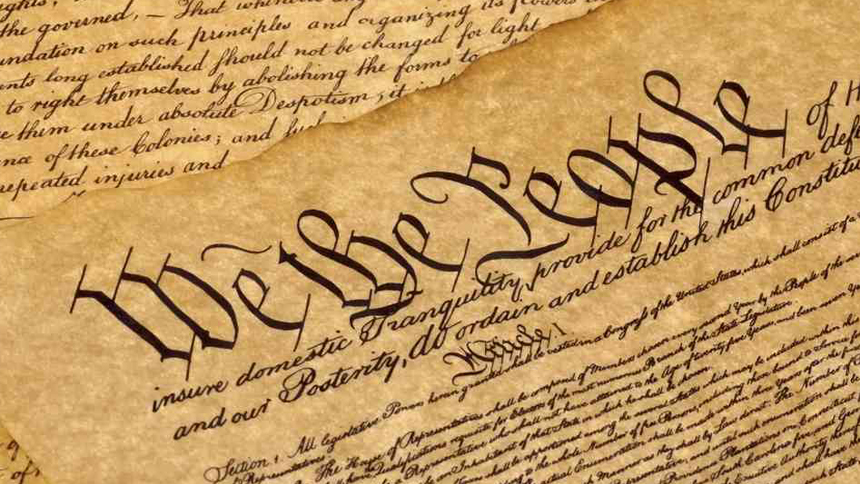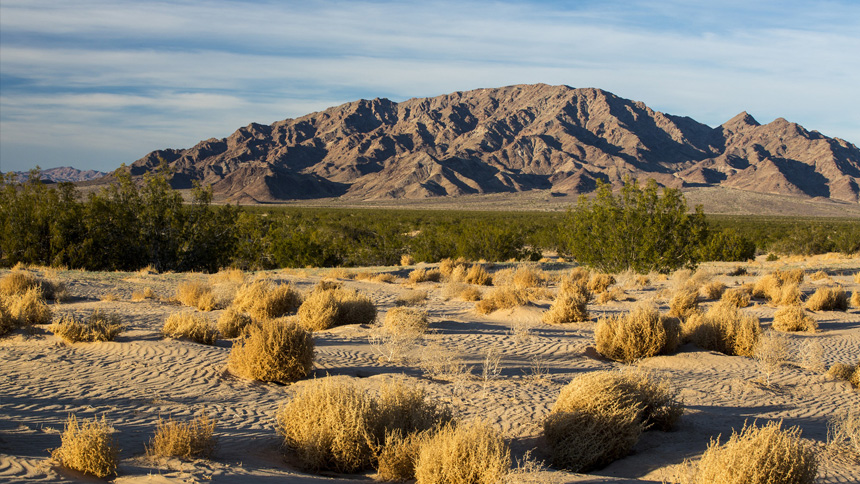
Ed. Note: For more information on federal response resources, volunteer opportunities, and assistance for those in affected areas visit WhiteHouse.gov/Deepwater-BP-Oil-Spill.
Below is the latest in the ongoing Administration-wide response provided by the Joint Information Center.
Heidi Avery is White House Deputy Homeland Security Advisor
****************
The Ongoing Administration-Wide Response to the Deepwater BP Oil Spill
Prepared by the Joint Information Center
UPDATED May 28, 2010 7 PM
In the Past 24 Hours
The President Makes Second Trip to the Gulf Coast to View Response Firsthand
President Obama traveled to the Gulf Coast to get another first-hand look at the progress of the response efforts and to be briefed by those on the ground. The President spoke to the frustration felt by those in the local community and across America and discussed extensively what he saw touring the tragedy this morning. The President also commended those in the area who have “rolled up their sleeves” to help with the clean up, saying that “we’re in this together.”
The President announced that he has directed Secretary Napolitano and Admiral Allen to triple the manpower in the places where oil has hit the shore or is within 24 hours of impact in order to further intensify what’s already an historic response effort, contain and remove oil more quickly, and help minimize the time that any oil comes into contact with our coastline.
The President also stressed that everyone in Louisiana and across this region is working night and day to end this crisis. He said the federal government is considering every idea out there, especially from the folks who know these communities the best—and emphasized to all Gulf Coast leaders he met with that if something is not going right, if there is an idea, a suggestion, or a logjam that needs to be dealt with, that there is no one who can’t get in touch with himself directly.
At the briefing in Grand Isle, La., the President was joined by National Incident Commander Thad Allen, Louisiana Governor Bobby Jindal, Alabama Governor Bob Riley, Florida Governor Charlie Crist, U.S. Senators Mary Landrieu and David Vitter, Congressman Charlie Melancon, Jefferson Parish President Billy Nungesser and LaFourche Parish President Charlotte Randolph.
In total, senior administration officials have visited the region 26 times since BP’s oil rig exploded on April 20—including trips by the President, Interior Secretary Salazar, EPA Administrator Jackson, Admiral Allen, Homeland Security Secretary Janet Napolitano, Energy Secretary Steven Chu, Commerce Secretary Gary Locke, Chairman of the Joint Chiefs of Staff Admiral Mike Mullen, NOAA Administrator Jane Lubchenco and SBA Administrator Karen Mills.
Energy Secretary Chu Oversees “Top Kill” Procedure at BP Command Center
At the request of President Obama, Secretary Chu has been at BP’s Command Center in Houston monitoring the ongoing “top kill” attempt—analyzing the data in real time and helping to develop strategies to give it the best chances of success. In the days leading up to the “top kill” attempt, Secretary Chu and his team of National Laboratory scientists provided expert advice and technical support to test the assumptions behind BP’s work and to offer analytical rigor.
NOAA Ships Study Subsurface Plume and Currents
The NOAA Ship Gordon Gunter is currently conducting sampling in the Gulf, and will expand its mission to use its sophisticated sonar equipment and other scientific instruments to help define the subsurface plume near the BP Deepwater Horizon oil spill site—a collaborative project among NOAA, academia and the private sector.
If potential plumes are identified, the 224-ft. Gunter will deploy a unique autonomous underwater vehicle to take water samples at various depths to allow precise characterization of any oil, dispersants, or other substances in the plume. Also aboard is a graduated net used for sampling fish larvae at different depths.
Another NOAA Ship, the Thomas Jefferson, arrived this morning in New Orleans following a five-day mission to gather data on surface and deep currents that are distributing the oil. On June 1, the 204-foot survey vessel will set sail again to conduct sonar surveys, measure water chemistry, and take water samples.
SBA Approves More Than $1 million in Economic Injury Assistance Loans for Louisiana
SBA has approved 27 economic injury assistance loans to date, totaling $1,008,000, for small businesses in Louisiana impacted by the BP oil spill. Additionally, the agency has granted deferments on 158 existing SBA disaster loans in the Gulf Coast region.
Fishing Closures Expanded in the Gulf of Mexico
As a precautionary measure to ensure that seafood from the Gulf will remain safe for consumers, NOAA has expanded the closed fishing area to an area that now represents 60,683 square miles—approximately 25 percent of Gulf of Mexico federal waters—leaving approximately 75 percent still available for fishing. Closing fishing in these areas is. Details can be found at http://sero.nmfs.noaa.gov/.
NOAA continues to work closely with the Food and Drug Administration and the states to ensure seafood safety. According to NOAA, there are approximately 5.7 million recreational fishermen in the Gulf of Mexico region who took 25 million fishing trips in 2008. Commercial fishermen in the Gulf harvested more than one billion pounds of fish and shellfish in 2008. Fishermen who wish to contact BP about a claim should call 800-440-0858.
Property Damage Claims Processed
The administration will continue to hold the responsible parties accountable for repairing the damage and repaying Americans who’ve suffered a financial loss. To date, BP reports that 28,233 claims have been opened, from which $37.4 million has been disbursed. There are 440 claims adjusters on the ground. To file a claim with BP, visit www.bp.com/claims or call BP’s helpline at (800) 440-0858. Those who have already pursued the BP claims process and are not satisfied with BP’s resolution, can call the Coast Guard at (800) 280-7118.
Successful Controlled Burn
Favorable weather conditions allowed responders to conduct a successful controlled burn operation. As part of a coordinated response that combines tactics deployed above water, below water, offshore, and close to coastal areas, controlled burns efficiently remove oil from the open water in an effort to protect shoreline and wildlife.
By the Numbers to Date:
- Personnel were quickly deployed and approximately 20,000 are currently responding to protect the shoreline and wildlife.
- Approximately 1,400 vessels are responding on site, including skimmers, tugs, barges, and recovery vessels to assist in containment and cleanup efforts—in addition to dozens of aircraft, remotely operated vehicles, and multiple mobile offshore drilling units.
- Approximately 1.9 million feet of containment boom and 1.5 million feet of sorbent boom have been deployed to contain the spill—and approximately 250,000 feet of containment boom and 950,000 feet of sorbent boom are available.
- Approximately 11.8 million gallons of an oil-water mix have been recovered.
- Approximately 870,000 gallons of total dispersant have been deployed—700,000 on the surface and 170,000 subsea. More than 400,000 gallons are available.
- 17 staging areas are in place and ready to protect sensitive shorelines, including: Dauphin Island, Ala., Orange Beach, Ala., Theodore, Ala., Panama City, Fla., Pensacola, Fla., Port St. Joe, Fla., St. Marks, Fla., Amelia, La., Cocodrie, La., Grand Isle, La., Shell Beach, La., Slidell, La., St. Mary, La.; Venice, La., Biloxi, Miss., Pascagoula, Miss., and Pass Christian, Miss.
Resources:
- For information about the response effort, visit www.deepwaterhorizonresponse.com.
- For specific information about the federal-wide response, visit http://obamawhitehouse.archives.gov/deepwater-bp-oil-spill.
- To contact the Deepwater Horizon Joint Information Center, call (985) 902-5231.
- To volunteer, or to report oiled shoreline, call (866) 448-5816. Volunteer opportunities can also be found here.
- To submit your vessel as a vessel of opportunity skimming system, or to submit alternative response technology, services, or products, call 281-366-5511.
- To report oiled wildlife, call (866) 557-1401. Messages will be checked hourly.
- For information about validated environmental air and water sampling results, visit www.epa.gov/bpspill.
- For National Park Service updates about potential park closures, resources at risk, and NPS actions to protect vital park space and wildlife, visit http://www.nps.gov/aboutus/oil-spill-response.htm.
- For Fish and Wildlife Service updates about response along the Gulf Coast and the status of national wildlife refuges, visit http://www.fws.gov/home/dhoilspill/.
- For daily updates on fishing closures, visit http://sero.nmfs.noaa.gov.
- For information on assistance loans for affected businesses, visit the SBA’s Web site at www.sba.gov/services/disasterassistance, call (800) 659-2955 (800-877-8339 for the hearing impaired), or email disastercustomerservice@sba.gov.
- To file a claim with BP, visit www.bp.com/claims or call BP’s helpline at (800) 440-0858. A BP fact sheet with additional information is available here (pdf). Those who have already pursued the BP claims process and are not satisfied with BP’s resolution, can call the Coast Guard at (800) 280-7118. More information about what types of damages are eligible for compensation under the Oil Pollution Act as well as guidance on procedures to seek that compensation can be found here.


